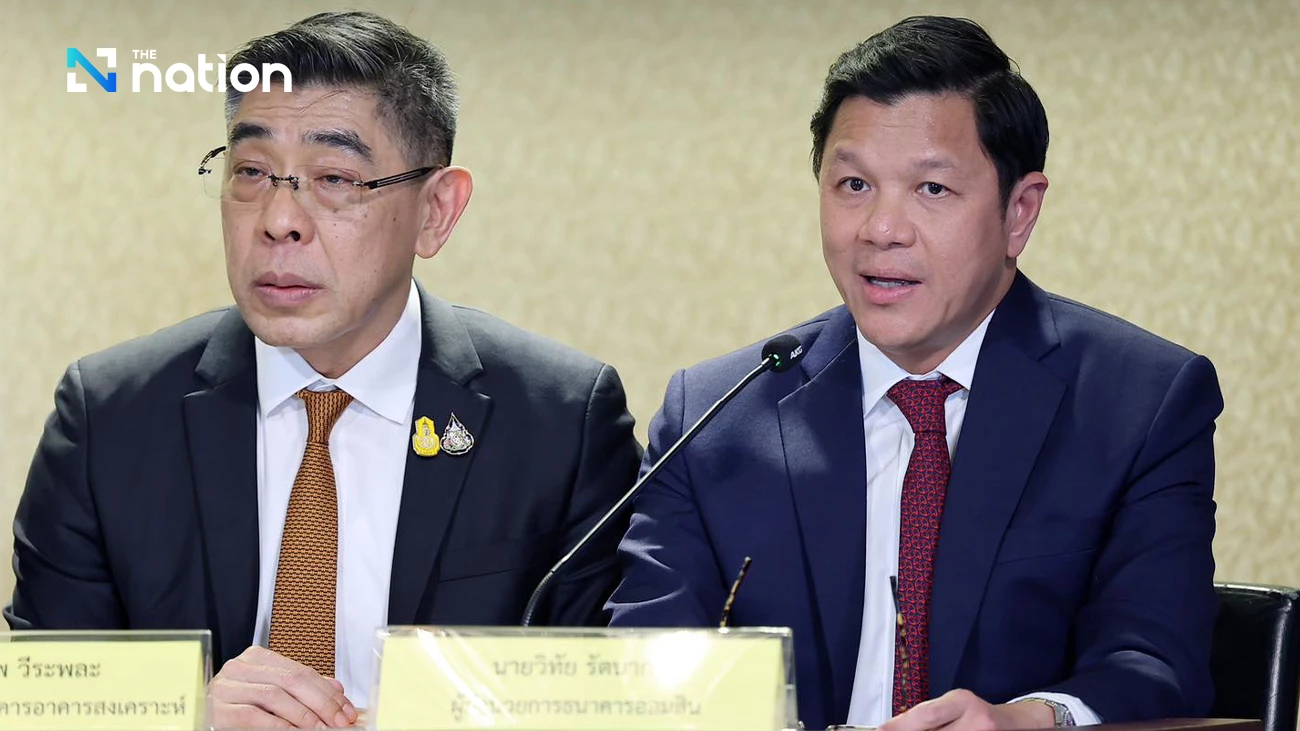China can cope with slowdown, panel says

As the world’s second-largest and Asia’s largest economy, with gross domestic product of around US$10 trillion, China plays a crucial role in the Thai economy, as the Kingdom’s largest export market and biggest source of foreign tourists.
Last year, about 10 per cent of Thailand’s exports went to China, while more than 7 million Chinese visited Thailand as tourists. So when China’s economic growth slows to 6-7 per cent per annum from the previous decade’s double-digit growth rates, the big question is: Will China face a hard landing?
Dr Sarasin Viraphol, executive vice president of Charoen Pokphand Group and a long-time China watcher, said he was not surprised that country’s GDP growth had slowed to 6.9 per cent last year.
"Chinese policymakers have long prepared for this downtrend [after 30 years of high economic growth]. Don’t panic. It’s manageable," he told a panel discussion hosted by Suthichai Yoon, chief adviser of Nation Multimedia Group.
Dr Sompop Manarungsan, president of Panyapiwat Institute of Management, shared that opinion. China has the benefit of a huge 1.4-billion population, which is nearly 20 per cent of the world’s population, so it has a lot of room to manage the economic slowdown by boosting domestic consumption and promoting cross-border infrastructure investment.
For more than 30 years, China’s double-digit growth was driven by exports, making it the world’s factory for all kinds of products. Now, it’s time to develop the financial sector and diversify into more services to reduce dependence on the manufacturing sector.
Sarasin said the number of China’s big cities has jumped from just 100 a few decades ago to around 800 today, so the country could rely on the rising purchasing power of urban consumers to drive the domestic economy in coming years.
Over-capacity in the manufacturing sector is another major challenge. So it seems one potential solution is to implement the ambitious "Belt and Road" initiatives in which China and more than 60 other Asian countries have pledged to work together to rebuild the ancient land-based and maritime Silk Road.
To finance these infrastructure projects for roads, railways, airports, seaports and other facilities, the Asian Infrastructure Invest-ment Bank was inaugurated and became operational last month, as Asian countries need a combined estimated investment of around $8 trillion for infrastructure.
A portion of China’s huge international reserve of around $3 trillion is expected to be used for this purpose.
So it’s a new normal for the Chinese economy to expand at a slower pace. While Chinese stocks might be more scary as evidenced by sharp falls last year and in January, China’s real-sector economy appears to be more resilient. In this context, Thai exporters could still boost their shipments to China and tap new opportunities from urbanisation and domestic consumption, while the number of Chinese tourists to Thailand has not shown any sign of a slowdown yet.
This year, Thai tourism authorities expect to receive as many as 10 million tourists from the Asian giant. In the short and medium terms, it’s probably a challenge for Thailand to adjust to new economic and consumer conditions in China to tap its potential benefits.





